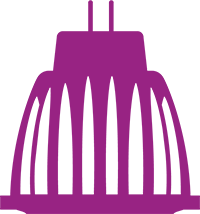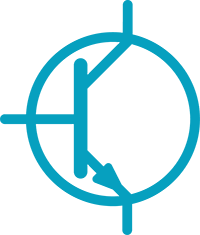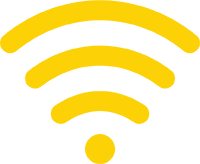Detailed Characterisation for Smart Dynamic Lighting

Smart lighting is gaining ground with increased speed driven by market demands for enhanced comfort, greater energy efficiency and simulating the the natural rhythm of daylight. But how do smart lighting sources perform when the light is dimmed, and when the colour temperature is changed? Is there a need for better characterisation? This paper presents […]
Policy Brief – Coordination between IEC and ISO standards for efficient electric motor driven systems

This policy brief explains the significance of an ISO (International Organisation for Standardization) / IEC (International Electrotechnical Commission) Joint Advisory Group (JAG 22) established in October 2021.
2022 4E Annual Report

Read the 2022 Annual Report for the IEA Technology Collaboration Programme on Energy Efficient End-use Equipment (4E)
4E Evaluation Guidebook – Overview
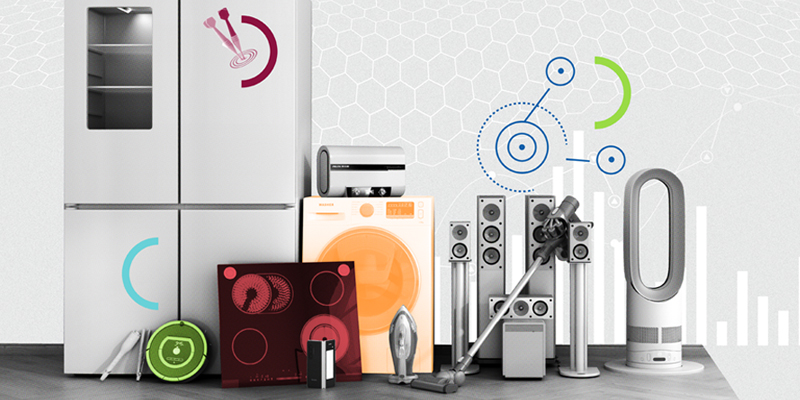
Summary of the 4E Energy Efficiency Appliance and Equipment Standards and Labelling Programmes Evaluation Guidebook.
4E Evaluation Guidebook

The 4E Evaluation Guidebook is intended to assist impact evaluations of equipment energy efficiency standards and labelling (EES&L) programmes. It explains the methodologies that are proven to deliver robust and credible evaluations within five key steps.
Policy Guidelines for Motor Driven Units, Part 2 – Chinese

This report, available in Chinese, proposes policy options for the international alignment of technical standards and minimum energy performance standards for pumps, fans and compressors.
Policy Guidelines for Motor Driven Units, Part 1 – Chinese

This report, available in Chinese, describes existing standards and regulations for pumps, fans and compressors.
Measurement of temporal light modulation: improving calculation methods for stroboscopic effect visibility measure

The SSL Annex is conducting an Interlaboratory Comparison (IC 2022) on the measurement of temporal light modulation (TLM) from SSL products. In this context, uncertainty associated with SVM calculations must be minimised and remain consistent across a range of waveform measurement parameters (e.g., sampling frequency, duration) used in different systems. This presentation discusses two methods […]
Policies for Data Centre Energy Efficiency: Scope, Trends and Availability of Data
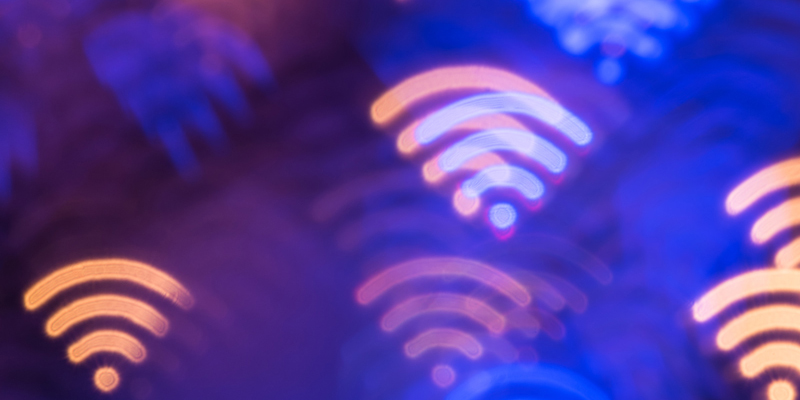
This report proposes a definition and characterisation of data centres, presents trends in their energy use, and analyses the availability of data which might be used as inputs to energy efficiency metrics.
Emerging Battery Technologies

This research study examines new battery technologies suited to powering small devices such as IoT, actuators and sensors, and portable devices such as mobile phones and laptops.
Round Robin of Converter Losses

This report summarises the results of the IEA 4E EMSA international Round Robin testing programme for converter losses, implemented in cooperation with IEC SC22G/WG18.
Smart Lighting – New Features Impacting Energy Consumption
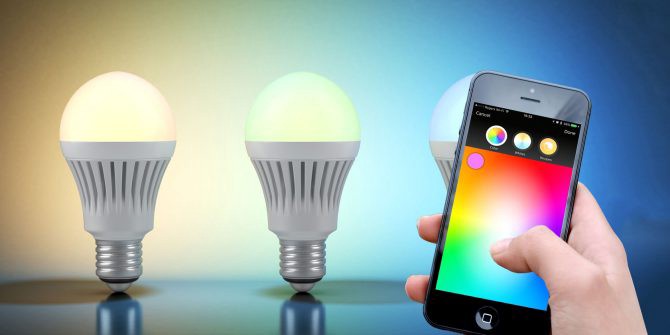
Smart lamps and luminaires are common in today’s lighting market. Smart lighting provides an opportunity for the consumer to benefit from wireless control of lighting products, e.g. by dimming, colour tuning and scheduling. These functions can provide energy saving but they also require energy consumption to supply standby power and gateways.
Guide to Energy Management Protocols

This report is a guide to ‘application layer’ communications protocols used for energy management, such as those used to facilitate intelligent efficiency and demand flexibility.
Mobile Device Efficiency

This report analyses the energy use of mobile devices, compares policies and identifies policy gaps.
Standardisation for Smart Devices

This report highlights the most relevant standards in areas such as measurement of energy consumption of smart devices, and communication protocols for smart devices.
Interoperability

The objective of this study is to gain a better understanding on the issue of (a lack of) device interoperability and the resultant impact of this on Intelligent Efficiency and Demand Flexibility
Energy Efficiency Metrics for Data Centres

This study explores the existing metrics for data centre efficiency, and identifies which metric(s) might be suited for use by policy makers.
SSL Quality and Performance Requirements

The 4E SSL Annex has published its new and updated “quality and performance requirements” for the most popular LED lamps and luminaires.
Policy Brief – Digital technologies for motor systems

This Policy Brief shows the key findings of the EMSA report Classification of digitalisation technologies for electric motor driven systems.
Progressing Energy Efficiency Policies for Systems
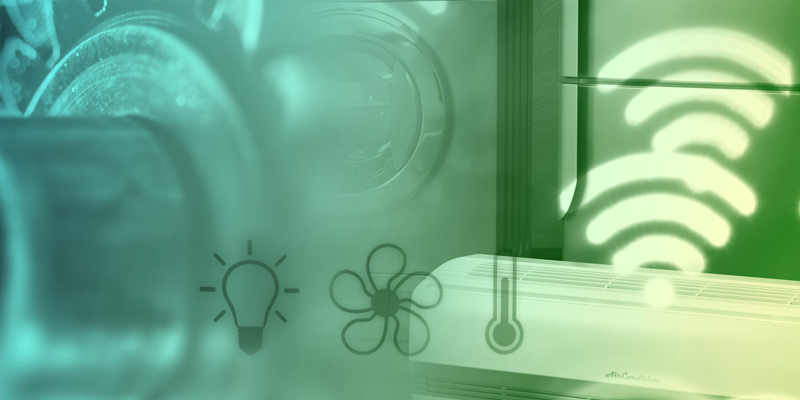
Systems are described as the next frontier for energy efficiency policy, offering the potential to unlock huge energy savings in equipment-based energy-using systems.
In this summary we highlight some of the key findings from 4E’s investigations over several years.































